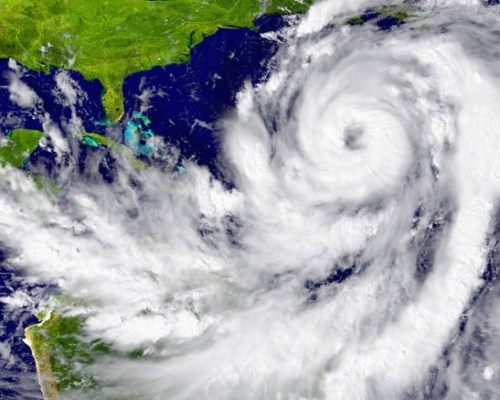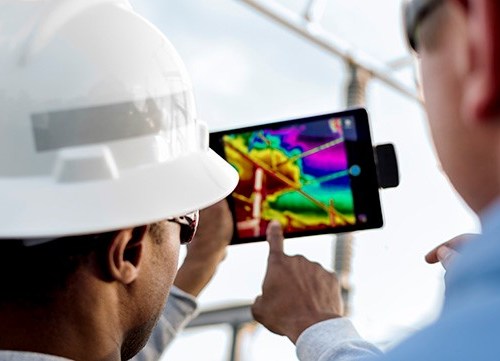Storm Power Outages
How large energy users stay powered up when the grid is down
Powerful storms have impacted the nation more frequently and more ferociously than we’ve seen in the past. These storms generally result in days – sometimes even weeks – of rolling blackouts and disrupted water service. Outages like this illustrate just how much deadly storms are changing the way we think about energy and the need for its reliability during a storm.
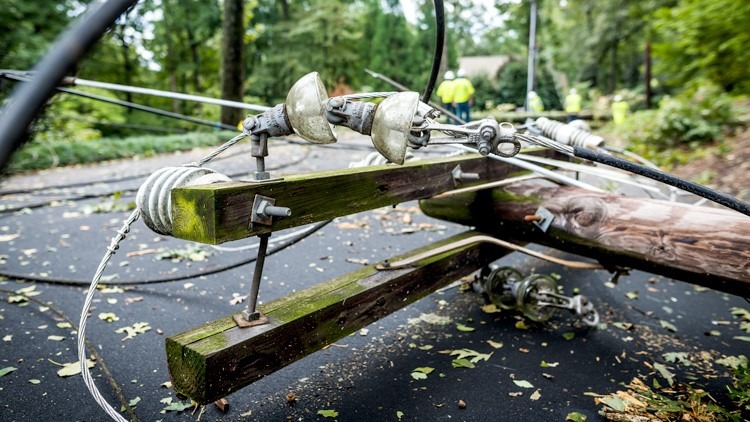
Throughout this article, you’ll learn more about why it’s important (and beneficial) to have a resiliency plan in place for your business. We will take a look at how a company’s emergency plan and investment in resiliency came into play when it faced the February 2021 ice storms in Texas head-on. You’ll also discover more about how to create a resiliency plan for your own business with a preparedness checklist and some key terms that will be helpful during that process.
The value of having a resiliency plan for your business
Being proactive begins by having a resiliency plan in place before a potential natural disaster or event occurs. There are many ways to plan ahead for storms, fires, floods, freezes and other unexpected events that have the potential for a momentary or even multiday electric grid power outage. Plans are usually built on a baseline analysis.
In the case of energy resiliency, understanding what an extreme weather outage might look like is a great baseline scenario. Our Nationwide Operations Control Center provides 24/7 backup generator monitoring to do just that.
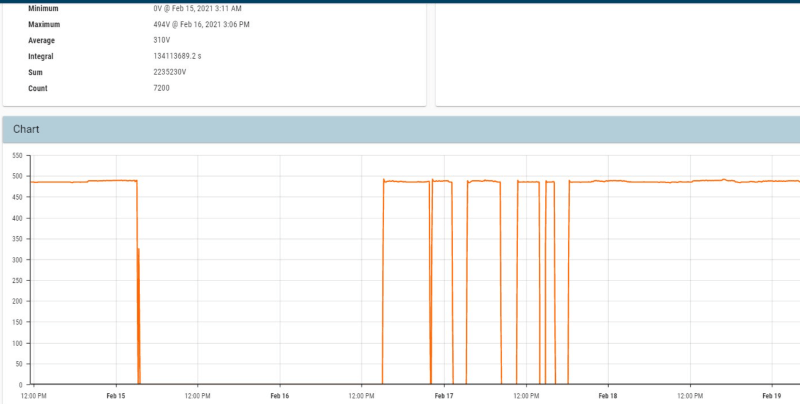
The image above depicts what one of our clients experienced during the February 2021 Texas freeze and snowstorm. This remote data monitoring illustrates grid availability from February 15-19 is clearly visible in voltage sourced by the grid. The top of the orange bar indicates the customer’s grid power access. Mid-morning on February 15, you’ll see that a grid outage occurred, lasting nearly one and a half days, followed by intermittent electric grid blackouts over the subsequent 48 hours.
This second image shows how the company’s well-managed backup generation kicked in to take on the load from storm-caused grid outage. The numbers indicate the electricity load in kilowatts (kW) being served by the backup generation when the energy grid was not available.
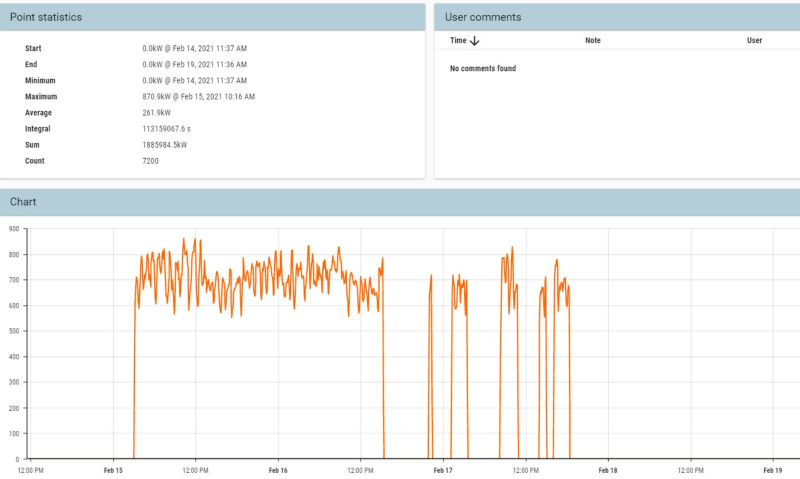
These kinds of visuals show the immense value of remote monitoring for backup generation assets. Monitoring can also help track historical outages. You can leverage that history to uncover changing grid availability and the value of resiliency investments.
Your emergency grid outage plan
There are many factors to consider when building your resiliency investment evaluation and planning for your facilities. Our site and outage duration table below is a handy reference tool for factors to consider while constructing your plan.
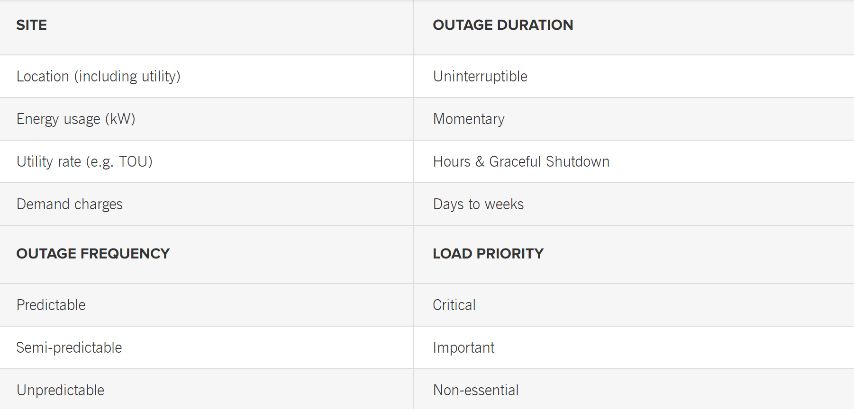
You should also ask yourself the following questions during the planning process:
-
- When was your last outage?
- How long was it?
- How frequent are outages happening?
- What was the financial impact (e.g., lost production time, productivity, etc.)?
- What measures have you taken to help minimize the impact of future grid outages per location?
- Are your backup systems prepared for the next emergency?
For the last question, it’s important to have an energy emergency preparedness checklist.
One size won’t fit all for your emergency outage planning needs. The Energy Resiliency Spectrum can be useful for more information on how to prepare for grid outages, wherever you may be in the U.S.
Energy emergency preparedness checklist
There are many factors to consider for your business’s energy resiliency plan, including why investing in a solid maintenance routine should go beyond simply cleaning snow off your solar panels or ordering a last-minute backup generator before an incoming storm. Our energy emergency preparedness checklist can help in your resiliency planning process.
Electricity backup is only valuable if it works when you need it the most. Once you have developed a plan and implemented the resiliency investments necessary to achieve your energy uptime objectives, there are numerous things you can do to help assure your backup generation and electrical infrastructure are as prepared as possible for the next emergency grid outage.
Simply put, “set it and forget it” is not the best option when it comes to being prepared for grid outages.
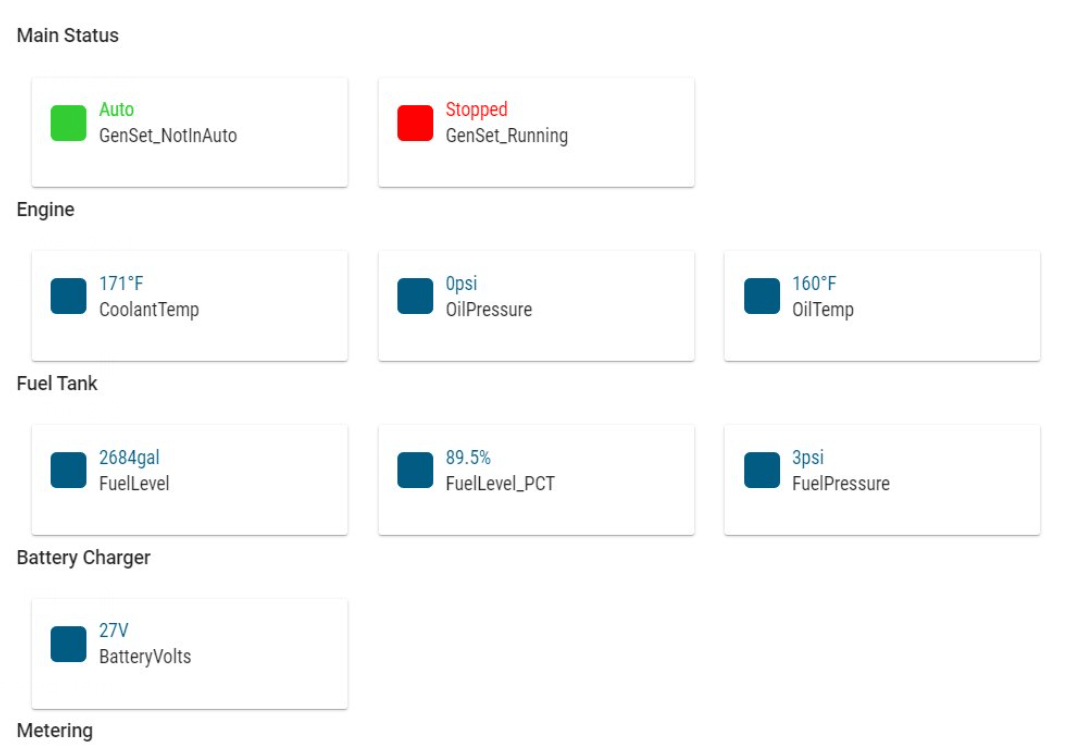
Use the following energy emergency preparedness checklist to better prepare for grid outages and to make sure your backup generation and clean energy microgrids are ready and working when you need them the most.
Preparedness Action & Examples
Weatherization
-
- Chemical additives to lower the freezing temperature of the coolant
- DEF fluid for emissions compliance
- System heaters (coolant or fuel)
- Coolant heaters on generators, which operate like a thermal type of antifreeze
24/7 Support
-
- Staffed and available round-the-clock support line
- On-site, experienced and professional support
- Easy-to-understand response time commitments and SLAs
- Process for when procedures fail
Professional Installation
-
- Verify who is installing and connecting your backup generation or clean energy microgrid
- Experience connecting with your on-site infrastructure and generation (e.g., CHP)
- Understanding of local utility, permitting, etc.
- Assure you have cabling, connections and everything needed to work when called on
Remote Monitoring and Metering
-
- Support by an advanced, National Operations Control Center (NOC)
- Analytics, alerts and alarms
- Monitoring of variety of systems:
- Battery voltages
- Incoming power status
- Outgoing bus power status
- System heaters or cooling
- Other system conditions unique to each site
Preventive Maintenance
-
- Regular testing, not just once a year, to find and fix faults
- Monthly load testing, including cold start, which helps avoid safety issues
Fuel Supply Chain
-
- Established contracts with fuel providers for improved response times, priority service and ease of payment
Rapid Response and Issue Resolution
-
- Advanced diagnostics
- On-site, highly experienced professional support and project management
Full Life Cycle and Environmental Services
-
- High-value support for life of your resiliency project, including decommissioning and recycling
- Environmental knowledge
- Site prep and maintenance, such as vegetation management, with sustainability in mind
Financing
-
- As a monthly subscription service
- Adder to a PPA
- Separate O&M agreements
Resiliency and backup generation terminology
Here are some of the most common terms you should know when it comes to resiliency and backup generation:
Island mode or “islanding”
Islanding is the process by which on-site distributed generation can safely continue to power all or a portion of operations when grid-sourced electricity is not available. BESS require additional software and controls to island from the grid. These clean energy microgrids and/or backup generators can be proactively set to turn on prior to imminent storms. That way, these resilient systems can quickly step in during grid outages for as long as these systems have power. The best islanding technologies also help enable safe reconnection of devices when grid power returns.
Standby or backup-only generators
On-site customer grid resilience is the sole purpose of emergency standby generators. These generators are often powered by fossil fuels, such as diesel. Having a good supply of fuel on hand, excellent fuel provider supply chain relations and machines in working order is crucial.
Continuous or grid-connected generators
Continuous generators provide electricity for extended outages (those typically exceeding four to eight hours) and are generally fossil-fueled. Grid-connected generators typically run for more than a handful of hours and work continuously when the grid is up, which is a resource for programs like demand response, as well as a primary distributed generation power source in island mode during outages.
Microgrid
An on-site or local behind-the-meter resource that includes distributed generation, such as solar energy, solar plus battery energy storage (BESS), backup generators or on-site cogeneration – plus intelligent software and equipment – can help you safely island from the grid.
Clean energy microgrid
This intelligent version of a microgrid does not utilize fossil fuel generation but rather relies solely on clean energy generation sources, like solar plus islanding-enabled battery energy storage. The combination delivers resiliency with zero emissions. Clean energy microgrids can operate grid-connected (where allowed) to shift load and lower usage and demand costs during normal operations. During outages, the clean energy microgrids utilize both ongoing renewable generation and store excess energy to continue backup generation after the sun goes down.
Contact us to discuss your resiliency and sustainable energy needs.

